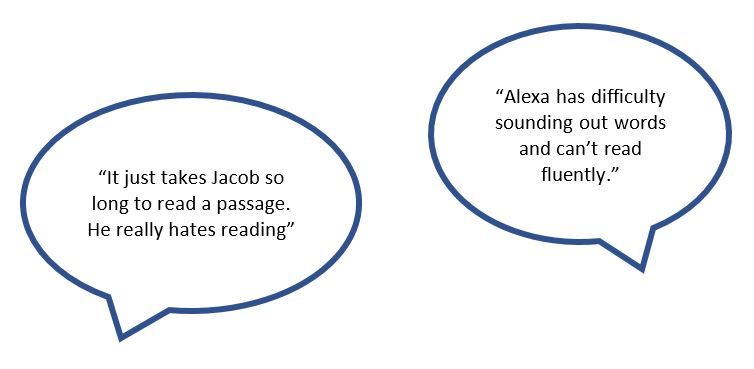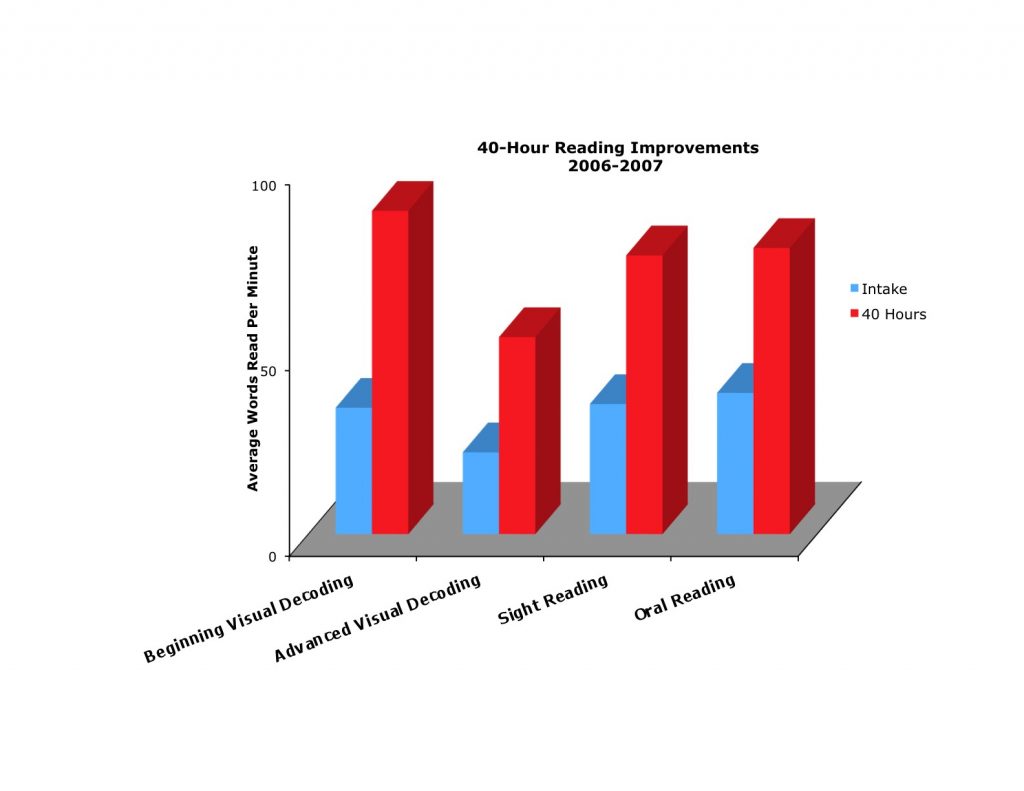FIT READING
Fit reading:

Reading is one of life’s many necessities! To combat the lack of confidence in reading, many students are turning to Audio Books, but this is a band aid approach. After all, reading passages on standardized tests do not come in an audio format, right? Children MUST be able to read and not merely read well enough to get by—they must be able to read FAST!
It has been shown that fast readers have significantly greater success in school. But, why? The answer is simple! Faster reading means fluent reading, and that puts students in a better position to understand and retain the material. Parents often wonder—How is my child expected to read faster when he doesn’t even enjoy reading? Why is it that so many children hate reading? Another simple answer! If the actual process of reading is challenging and takes forever, then it is not an enjoyable task. For instance, when a child is a slow runner, how motivated will he or she be to sign up for the track team? Speed equates to confidence, and a confident student is a successful student!
The Fit Approach
The solution lies in building accuracy and fluency in those component skills necessary for reading: phonemic awareness, decoding words, sounding out words and auditory processing skills. If proficient reading goes unaddressed, it impacts spelling, learning foreign languages, and even solving math problems. When reading efficiency is not addressed, gaps begin to form in many facets of the learning environment. If these gaps are not filled, they eventually become gaping holes that result in major life deficiencies. In an article within the Journal of Pediatrics, it was said—Achievement Gaps in Reading Present as Early as First Grade and Persist Through Adolescence. At Fit, it is our goal to fill these gaps as early as possible in order to prevent bigger problems from arising later.
The Fit Results
The average student enters our program reading at a rate of 110 words per minute. By the time such student leaves our program, they are reading at a rate of at least 180 words per minute and have eliminated common behaviors often displayed by poor readers:
- Making up words
- Repeating words
- Stammering
- Stuttering
- Pauses such as “Ums” and “Uhs”
- Skipping words
- Skipping lines
- Memorizing words/phrases.

